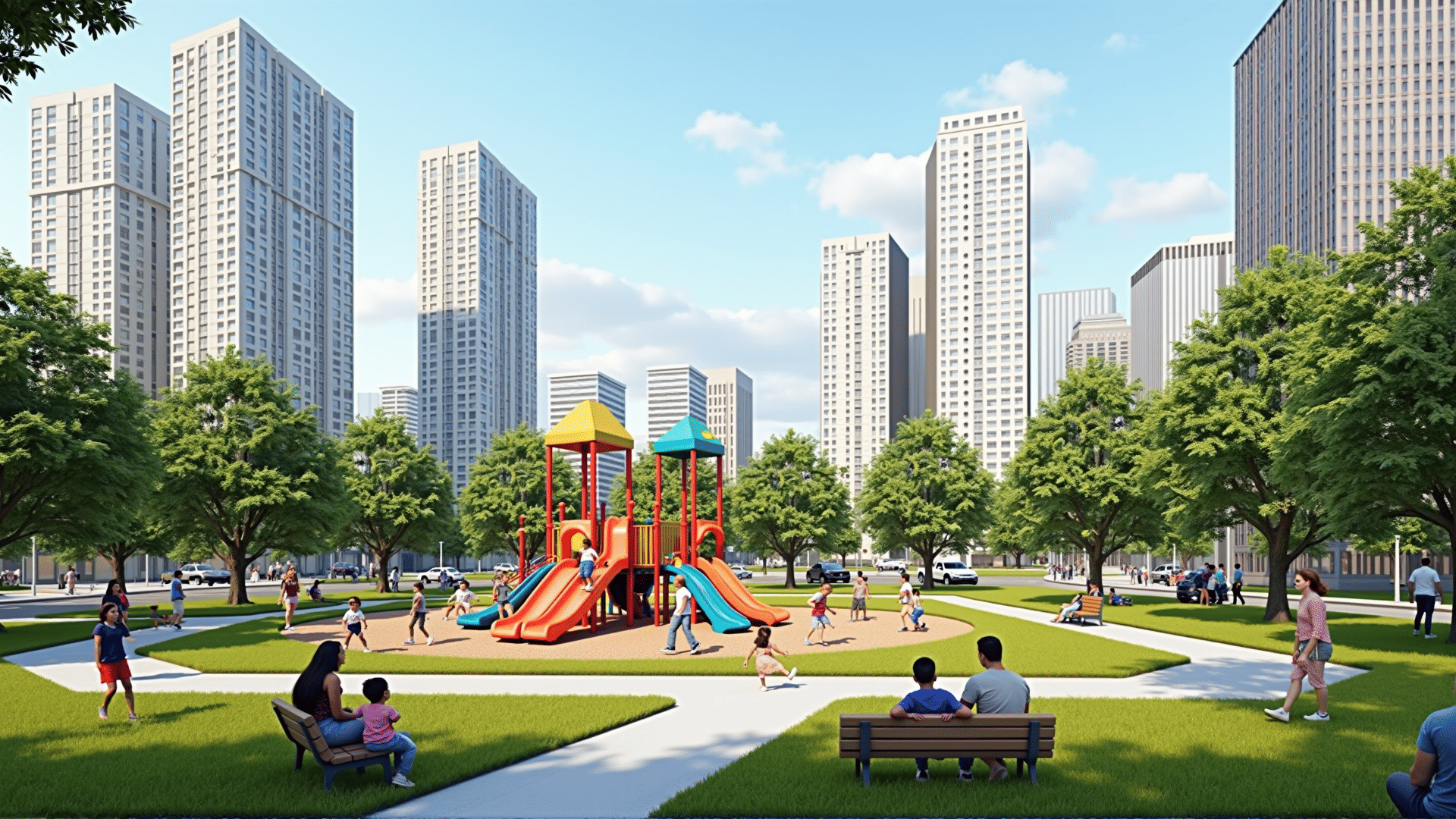In the ever-evolving landscape of urban development, the focus has often been placed on skyscrapers, transportation networks, and economic growth. However, an equally vital component of thriving urban environments is often overlooked—the humble playground. Far from being merely spaces for children's play, well-designed playgrounds are pivotal in community building, social integration, and urban development.
Community Cohesion and Social Interaction
Playgrounds serve as vibrant community hubs where individuals from diverse backgrounds can come together. They provide a neutral space for interaction among children and adults alike, fostering social cohesion. In a world that is increasingly digital and fragmented, these physical spaces encourage face-to-face interaction, nurturing a sense of belonging and community identity.
Parents and caregivers inevitably connect as they supervise their children, forging friendships that transcend cultural and socioeconomic barriers. This spontaneous social networking helps to establish community bonds, making neighborhoods feel safer and more interconnected. When communities are stronger, they tend to be more resilient in the face of challenges, whether they are economic, social, or environmental.
Enhancing Urban Aesthetics and Livability
Aesthetically pleasing playgrounds contribute significantly to the visual and functional appeal of urban areas. Their presence enhances local property values and attracts new residents, particularly families looking for child-friendly amenities. Well-designed playgrounds integrate nature with urban environments, incorporating elements such as trees, greenery, and sustainable materials that improve both mental health and environmental quality.
Moreover, playgrounds encourage people to spend time outdoors, promoting healthier lifestyles. They serve as easily accessible venues for physical activity, circumventing the barriers many urban dwellers face when attempting to exercise—such as lack of time or affordable facilities.
Economic and Environmental Impact
Beyond social benefits, playgrounds can spur economic activity by increasing foot traffic in nearby areas, benefiting local businesses such as cafes and retail outlets. This economic stimulus can further attract investments and opportunities for improvement in urban infrastructure.
Environmentally, playgrounds offer opportunities to incorporate sustainable design practices. Using recycled materials, renewable energy sources, and employing landscape designs that support local biodiversity, playgrounds can contribute to the mitigation of urban heat islands and aid in managing stormwater runoff.
Creative and Educational Development
Importantly, playgrounds are learning environments. They are sites for creative play that stimulate children’s imaginations, enhance their problem-solving skills, and promote cognitive development. Features like climbing structures, interactive art installations, water play areas, and quiet zones for rest and reflection create a multifaceted educational landscape.
Incorporating inclusive design ensures that children of all abilities can engage with the space, fostering empathy and understanding from a young age. By blending learning with play, playgrounds become an extension of formal educational facilities, enhancing overall educational development in urban communities.
Conclusion
The role of playgrounds in urban development extends far beyond their traditional function. By building well-thought-out, inclusive, and sustainable playgrounds, cities can address multiple facets of growth and development. They enhance community cohesion, contribute to local economies, and provide vital spaces for health and well-being. As urban planners and policymakers envision the cities of tomorrow, integrating playgrounds into development strategies will be essential, ensuring that our urban landscapes remain vibrant, inclusive, and livable for future generations.
